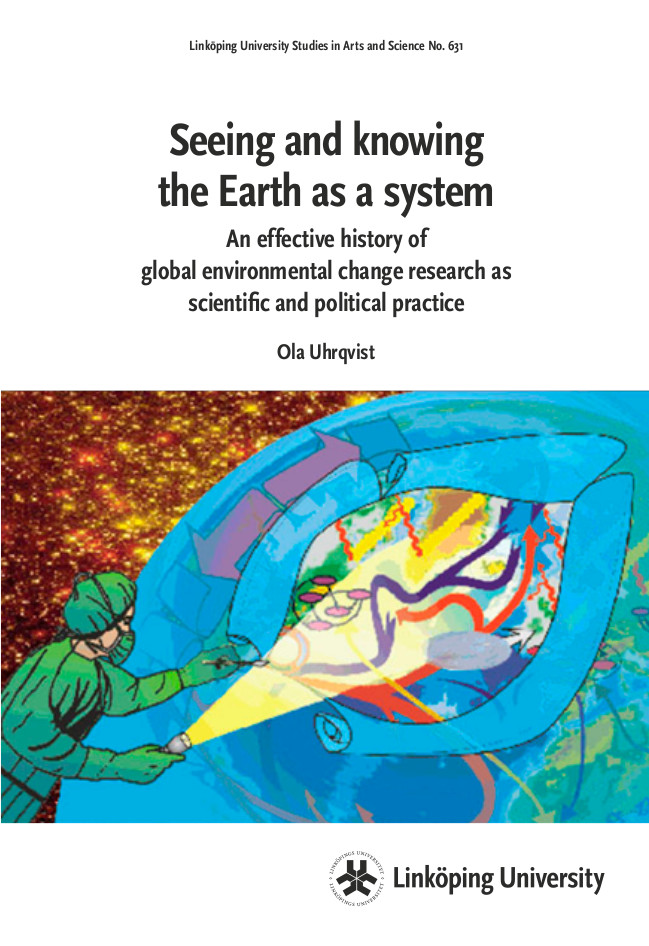Elena Filipovic: The Apparently Marginal Activities of Marcel Duchamp (2013)
Filed under thesis | Tags: · archive, art, art history, curating, museum, photography, reproduction
“This study focuses on a series of fugitive operations that Marcel Duchamp incited in order to test, theorize, position, and even make his work as such. Not conventionally “artistic” in nature, even if intimately connected to the collection, presentation, reception, and valuation of art, these activities include Duchamp’s role as administrator, archivist, art advisor, curator, publicist, reproduction-maker, and salesman of his own oeuvre. Rather than merely procedural, auxiliary, or incidental, they might be thought of as constitutive, resulting in a still understudied but profoundly influential output by an artist who redefined so much of what, hence forth, would be called art. Here, those most iconic of Duchamp’s inventions, the readymades, although not the central objects of this study, are understood as significant insofar as they were not simply “nominated” to become artworks, but more importantly, because they were curated. It is precisely through curatorial operations—relative to much of Duchamp’s production, and constituting one of the central activities that this dissertation explores—that the artist rendered the discourse, institutions, marketing, and presentational strategies of art into something like his cardinal “medium.”
Tracing Duchamp’s perennial relationship to photography, reproduction, the museum, and the archive, and spanning the period between 1913 and 1969, three chapters closely examine a number of undeniably material things: chapter one considers the artist’s boxes of photographically replicated notes, the Box of 1914 (1913-14) and Boîte verte (1934); chapter two examines documentation of ephemeral exhibitions, recording Duchamp’s curatorial interventions as well as suitcases filled with miniature reproductions, the Boîte-en-valise (1938-42); and chapter three is dedicated to a permanent installation, Etant donnés 1. la chute d’eau, 2. le gaz d’éclairage (1946-66). However, the premise of this dissertation is that all of these gain a new significance if studied in relation to the elusive activities that actually constituted them as artworks. Together, they formed a counter-conception of the role of the artist, articulating—and complicating—the conceptual stakes of much of what is known of his practice and thickening into what Walter Benjamin called the artist’s “theory of the work of art.”” (Abstract)
Ph.D. Dissertation
Advisor: Hal Foster
Publisher Art and Archaeology Department, Princeton University, 2013
507 pages
PDF (2 MB)
PDF (images section) (10 MB)
Ola Uhrqvist: Seeing and Knowing the Earth as a System: An Effective History of Global Environmental Change Research as Scientific and Political Practice (2014)
Filed under book, thesis | Tags: · anthropocene, climate crisis, earth, earth system, environment, governance, knowledge, knowledge production

“Previous research connecting scientific knowledge production with governing of the global environment usually start in international climate change negotiations and related assessments. From that vantage point Earth system science and models are studied as an expansion of Global Circulation Models. By tracing of the history of the present Earth system outlook this thesis offers a reflection about how scientific knowledge produce and connects problems with descriptions of desired order of things and strategies to get there. Knowledge becomes a productive power by shaping fields of possible action in relation to the global environment.
The interpreted empirical material consists of scientific discussions from the International global environmental change programmes and particularly the International Geosphere-Biosphere Programme (IGBP) and the International Human Dimensions Programme on global environmental change (IHDP). The studied period spans from the start of the planning of the IGBP in 1983 to the presentation of the new research programme Future Earth in 2013. The thesis is organised around the effects of the IGBP’s strategy to use predictive Earth system models as a tool to bring a broad range of scientific disciplines together.
The results demonstrate the historicity of the present Earth system outlook by showing how ecosystems and human dimensions were attributed new and more important roles as drivers of global change. The thesis also argue for the need to approach the ‘Earth system’ as a result of a productive tension between top-down perspectives found in global modelling and bottom-up empirical research engaging with process interactions down to local scales.”
Publisher Linköping University Electronic Press, Linköping, 2014
Open access
ISBN 9789175192369
91 pages
PDF, PDF (updated on 2018-6-11)
Comment (0)Howard Rheingold: What Life Can Compare with This? Sitting Alone at the Window, I Watch the Flowers Bloom, the Leaves Fall, the Seasons Come and Go (1968)
Filed under thesis | Tags: · consciousness, machine, technology, transcendence

“Mind-blowing and its methods are discussed. Data suitable for statistical analysis are submitted therein.” (Abstract)
Bachelor’s thesis
Presented to The Division of Philosophy, Psychology, and Education, Reed College, Portland/OR, May 1968
77+k pages
Scanned and OCRed by Stanford library, Feb 2012
via Renée Turner
Commentary: Gary Wolf (2002), Howard Rheingold (2005).
PDF (46 MB)
Comment (0)
